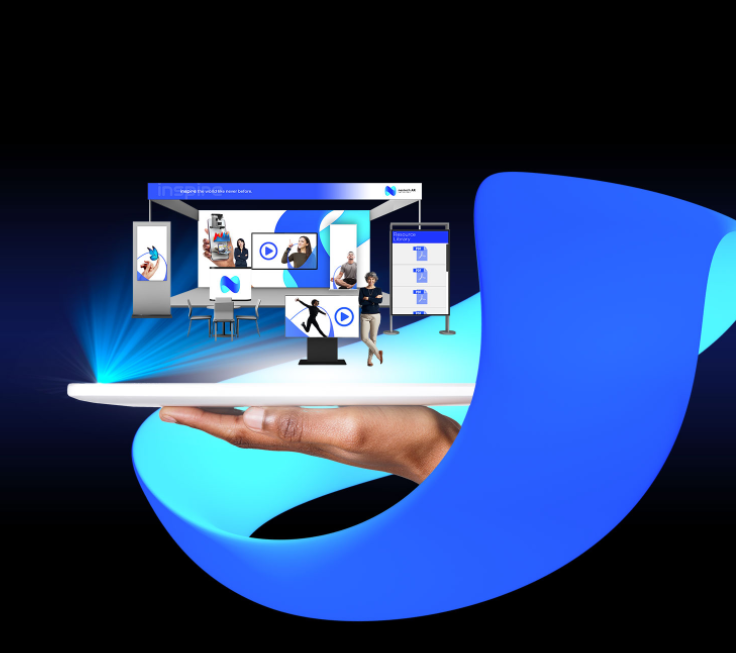
AR Solutions
For Investors



higher conversion rates for AR-enabled products.
higher click-through-rates.
E-Commerce consumers prefer shopping in AR.
reduction in returns.
Our technology flawlessly integrates with all major e-commerce platforms.
/ARitize3D_try%20for%20yourself/NT_homepage_Softail%20Electric%20Mountain%20Bike.png?width=303&height=302&name=NT_homepage_Softail%20Electric%20Mountain%20Bike.png)
Revolutionise your business with our innovative AI products.
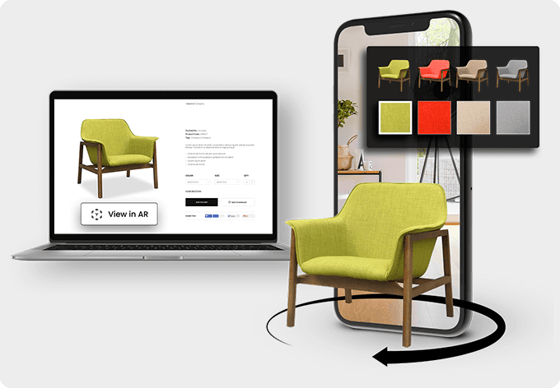
![]()
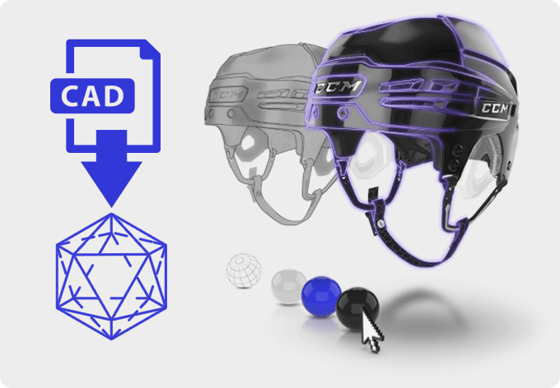
![]()
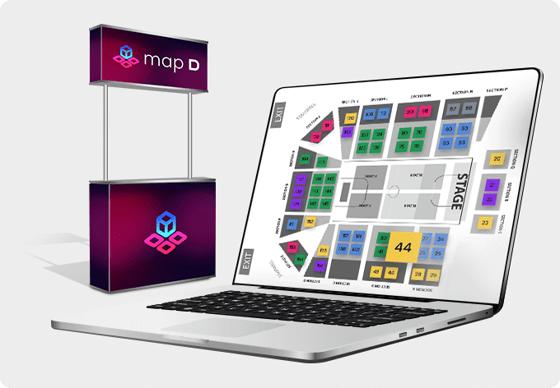
![]()
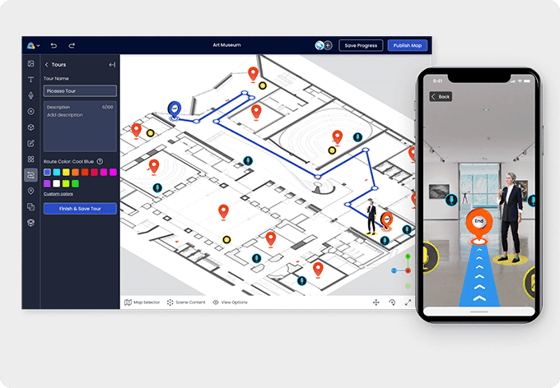
![]()
Nextech3D.ai combines the power of AI, AR and 3D with its diversified solutions.
Boost brand evangelism by creating seamless, immersive consumer journeys with cutting-edge AR technology.
Rapidly create 3D product models and augmented reality content to help your business scale at lightning-speed.
Remarkably reduce returns and save tonnes! Help your consumers visualise the products before buying them with Photorealistic 3D models created with Aritize3D and Toggle3D.ai
Help your customers find you faster in complicated indoor spaces using ARway.ai
Using AI in product design your team can innovate as fast as they can imagine.
Manage and sell out your tradeshows and exhibits with incredible ease. Using Map D, event production and sales is a breeze.
Make more revenue on your website, at your retail stores and even at your events using AR integrations, AR ads and experiences.
Stress free integrations. Nextech3D.ai provides the easiest, quickest solutions for adding 3D and AR experiences to your business platform with minimal time requirement from you and your team.
Sky-rocket customer engagement. Integrating personalisation on your website will significantly increase the amount of time customers spend on your website.
Reap the benefits of heavier check-out carts. Integrating AR in your e-commerce journey helps customers see how your products will actually look in their personal environment. This not only reduces returns but also acts as a cart-accelerator. The likelihood of a customer buying your products and adding more products to their cart increases manifold.
No code-no hassles.Nextech3D.ai provides end-to-end services that help you unleash the power of AI, AR and 3D onto your business’ website or any major e-commerce platform effortlessly.
Nextech3D.ai is the only AI marketing platform your business needs to create immersive AR experiences without the hassle of coding, or hiring a team of experts and spending tedious hours taking the experience online. Our suite of AI powered products and a dedicated support team will help you from conception to completion with AR services to help you create engaging AR customer experiences, AR product trials, AR demos, AR games and AR ads swiftly.
/Metaverse_03.png)
Provide your customers a unique, engaging shopping experience by elevating the customer journey. Help them envision your products in their own environment and enjoy AR product trials before they purchase.
Use Toggle3D.ai to create 3D models yourself optimised for use on the web. Try Toggle3D Now!
Or let us do all the work for you with our end-to-end services from ARitize3D. Learn More

Manage events and plan tradeshows with ease. Map D simplifies tradeshow production, booth sales, managing exhibitor and speaker profiles, schedules and even helps increase revenue with virtual add-ons from ARway.ai including AR ads and experiences.
ARway.ai helps you create location persistent AR experiences including augmented reality ads, AR games and AR Navigation. With our powerful, no-code platform meld the real and virtual into a single seamless experience. Learn More About ARway.ai
/Events_003.png)